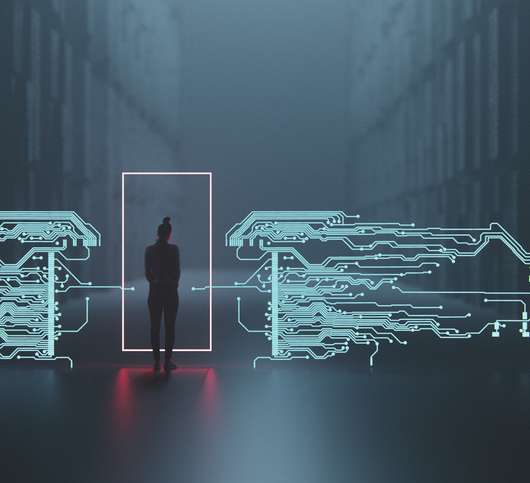Self-driving cars will undoubtedly change how people move around in the near future. Autonomous vehicle technology is improving immensely, and self-driving cars are now seen in major cities such as San Francisco, Los Angeles, and Phoenix. While such vehicles are starting to get spotted here and there predominantly as robotaxis, self-driving cars have yet to arrive for the masses.
Newer vehicles from various manufacturers come with autonomous driving features. However, they are not yet 100% self-sufficient as they still require a human driver to be present and pay attention to the road. The public trust in the technology is still fairly low. And here we list some factors that maintain that overall negative public opinion.
Self-driving cars and the factors that hold back their adoption
-
Security and hackers
Cars can be hacked. Almost any type of connected technology can be affected by hackers. People are likely afraid that someone not in the car might be able to take control of the vehicle while in motion, which could lead to a tragedy.
-
Ethical dilemma
A developer in a big tech company or a car manufacturer gets to decide who lives and who dies. The public might disagree with a self-driving car’s decision to steer to the right or the left if it is involved in an accident.
-
Incidents
Unfortunately, autonomous vehicle incidents are not unheard of. GM’s Cruise robotaxi project had to halt operation after multiple incidents, one of which included a pedestrian injury. Autonomous cars sometimes run red lights, go through construction zones, and harm bicyclists and pedestrians.
-
Economic impact
People are somehow afraid that autonomous cars will have a negative economic impact on multiple industries. Experts believe that in the future, self-driving trucks and tractors will reshape the transportation, logistics, and agriculture industries. Which could lead to undesired results for the workforce of those sectors.
-
Technology imperfections
Autonomous cars might have a lot of computing power but can be manipulated. In a viral video that spread through social media like wildfire, a person with a stop sign on his t-shirt tricked robotaxis on multiple occasions. While no one was hurt, the video shows how imperfect autonomous vehicles are.
There are a lot of factors that make people distrust self-driving cars. However, the likely goal of car manufacturers is to prove that the errors caused by autonomous vehicles are less than what is seen in real life. I.e. People falling asleep, medical incidents, DUI-caused car accidents, etc.
While it sounds appealing. People will likely need more confidence to send a self-driving car to pick up a child from school soon. Entrusting your life, or the life of a loved one, to an unmanned robo-pile of steel and plastic controlled by big tech or artificial intelligence will likely take more time, convincing, and effort from regulators and car manufacturers.
Read also: The UK is set to legalise self-driving cars this year






